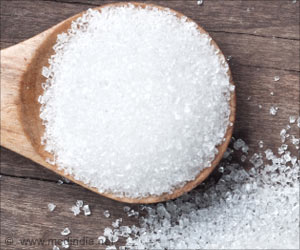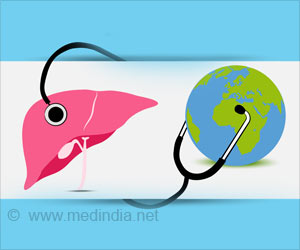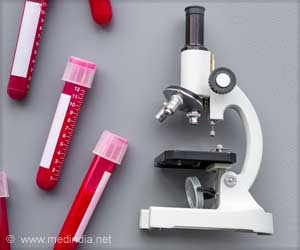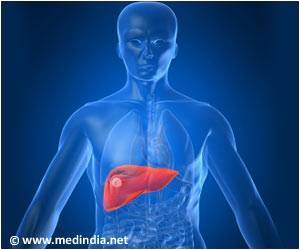A snapshot of proteins changing shape, sticking together and creating structures that are believed to trigger deadly processes in the nervous system has been taken by researchers at Lund University, Sweden. The discovery opens the possibility of designing drugs for a devastating neurological disease, ALS.
Research indicates that ALS, in common with other neurological disorders, such as Alzheimer's and Parkinson's disease, is caused by our own proteins, which form aberrant aggregates that are fatally toxic to our nerve cells. However, it has not been known what causes these proteins to aggregate. Researchers at Lund University have now revealed what happens with proteins during the very first, critical step towards forming larger aggregates.It turns out that the protein superoxide dismutase interchanges between its normal structure and a misfolded form. During a brief moment the structure becomes partially misfolded to expose sticky patches that normally are hidden in the interior. These patches cause two or several protein molecules to stick together, thereby forming the cornerstone of the larger structures that are believed to underlie ALS.
The research team headed by Mikael Akke at the Center for Molecular Protein Science of Lund University used NMR spectroscopy to create a snapshot of the misfolded structure, which had not previously been seen. Knowledge of the misfolded protein structure potentially makes possible future efforts to rationally design drugs that prevent the misfolding event and hence the development of ALS.
Source-Eurekalert
RAS










